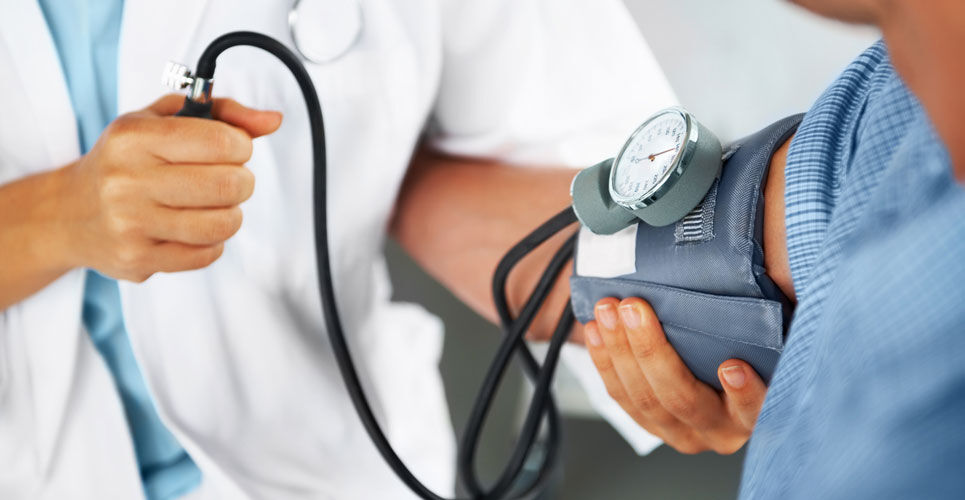Inspiratory muscle strength training significantly lowered both systolic and diastolic blood pressure according to a review of 5 studies
Inspiratory muscle strength training (IMST) for up to six weeks results in a significant reduction in both systolic and diastolic blood pressure compared to sham strength training according to a review of studies by US researchers.
Elevated systolic blood pressure is a leading cause of global deaths, accounting for 10·4 million deaths and 218 million disability-adjusted life-years. Lifestyle interventions to lower blood pressure generally include increased physical activity, weight loss and adoption of a healthy (lower salt) diet. However, one intervention which has gained interest in recent years is inspiratory muscle strength training which has been previously used to help wean patients off mechanical ventilation in hospital. Moreover, IMST has also been shown to be of some value by increasing peak power in recreational cyclists. Nevertheless, IMST has also been shown to reduce blood pressure and autonomic cardiovascular control in hypertensive patients. In recent years, high-resistance low volume inspiratory muscle strength training which involves 30 daily inspiratory efforts against a resistance equal to 75% of an individual’s maximal inspiratory pressure, has emerged as a time-efficient lifestyle intervention (requiring only 5 minutes) to lower blood pressure. The technique has already been shown to lower blood pressure and may potentially improves vascular endothelial function. Nevertheless, to date, most blood pressure lowering studies have only included a small number of participants. Consequently, for the present study, the US researchers pooled data from 5 randomised trials to provide a better estimate of the blood pressure lowering effect of IMST. The trials included young adults, some of whom were taking blood pressure lowering medication but who overall had a low-to-moderate cardiovascular disease risk. Individuals were randomised to either high-resistance IMST or low-resistance (or sham) IMST and each of the trials lasted 6 weeks. Participants performed 30 inspiratory efforts every day as a single bout, comprising 5 sets of 6 inspiratory efforts.
Inspiratory muscle strength training and blood pressure changes
Data from 128 adults were included of whom 67 with a mean age of 50 years (43.2% female) were assigned to high-resistance IMST and the remainder a sham procedure.
After 6 weeks, systolic blood pressure remained unchanged in the sham group but decreased from a mean of 127 mmHg to 118 mmHg in the high resistance IMST group and this difference was statistically significant (p < 0.01). In addition, systolic blood pressure was observed to decline by an average of 1.5 mmHg per week.
After 6 weeks, the mean diastolic pressure was also significantly lower in the high resistance IMST group (72 vs 76 mmHg, p < 0.01) and significantly lower than for the sham procedure which also reduced by a mean of 1 mmHg (p = 0.03).
The maximal inspiratory pressure (which is a measure of the strength of the inspiratory muscles, in particular the diaphragm) improved in both groups, but to a significantly higher level for the high resistance group (20 cmH2O vs 6 cmH2O, p < 0.01).
The authors noted that reductions in both systolic and diastolic pressures also occurred for those taking antihypertensive medication but that the effect was smaller.
They concluded that high resistance IMST induced clinically meaningful reductions in blood pressure and provide support for this technique as a time-efficient lifestyle intervention to lower blood pressure.
Citation
Craighead DH et al. A multi-trial, retrospective analysis of the antihypertensive effects of high-resistance, low-volume inspiratory muscle strength training J Appl Physiol (1985) 2022

